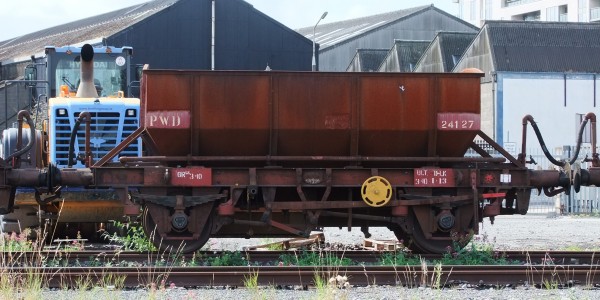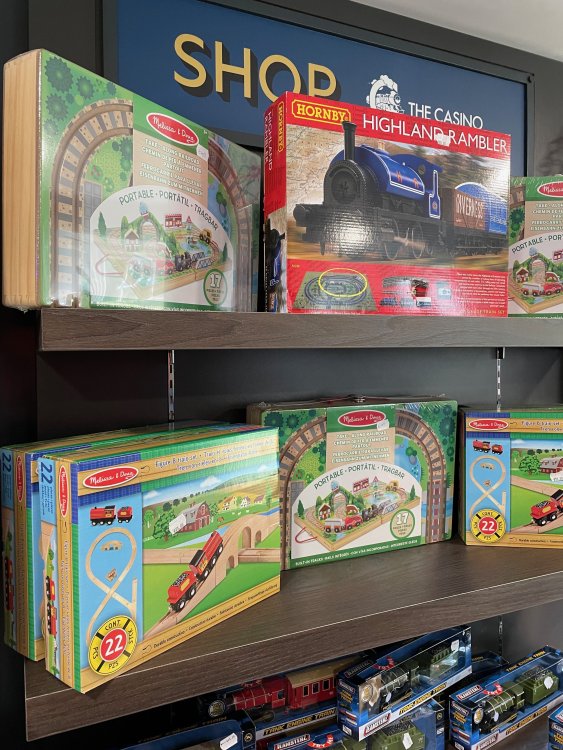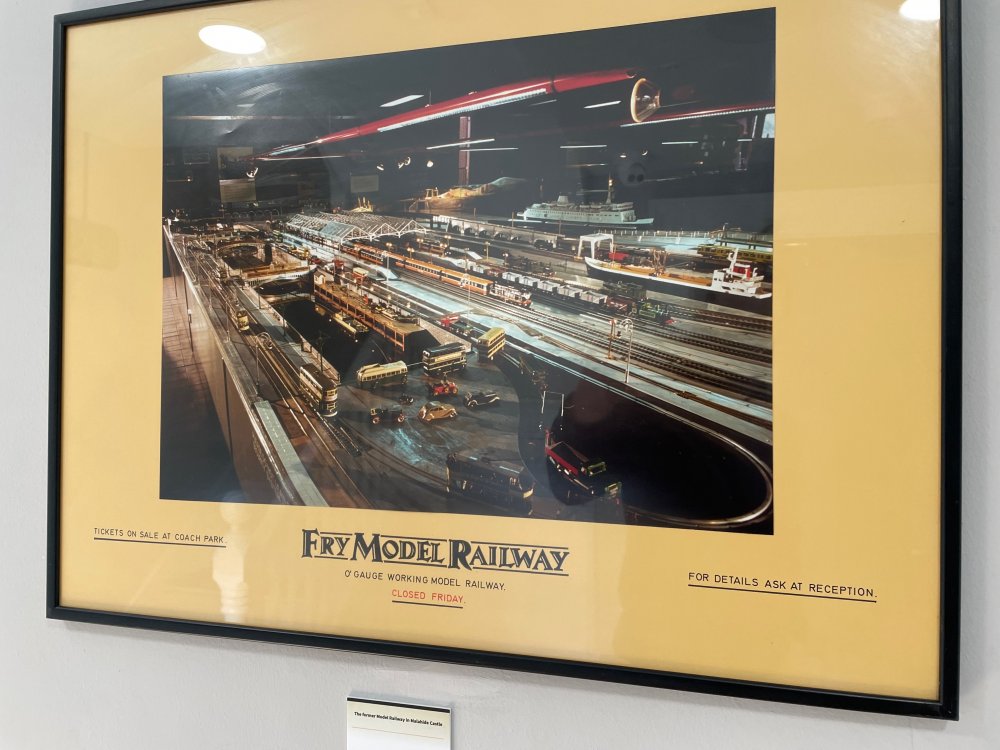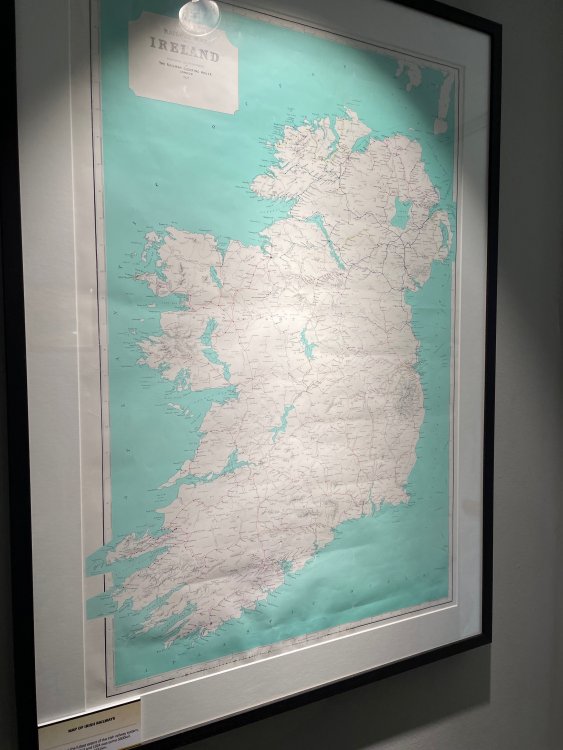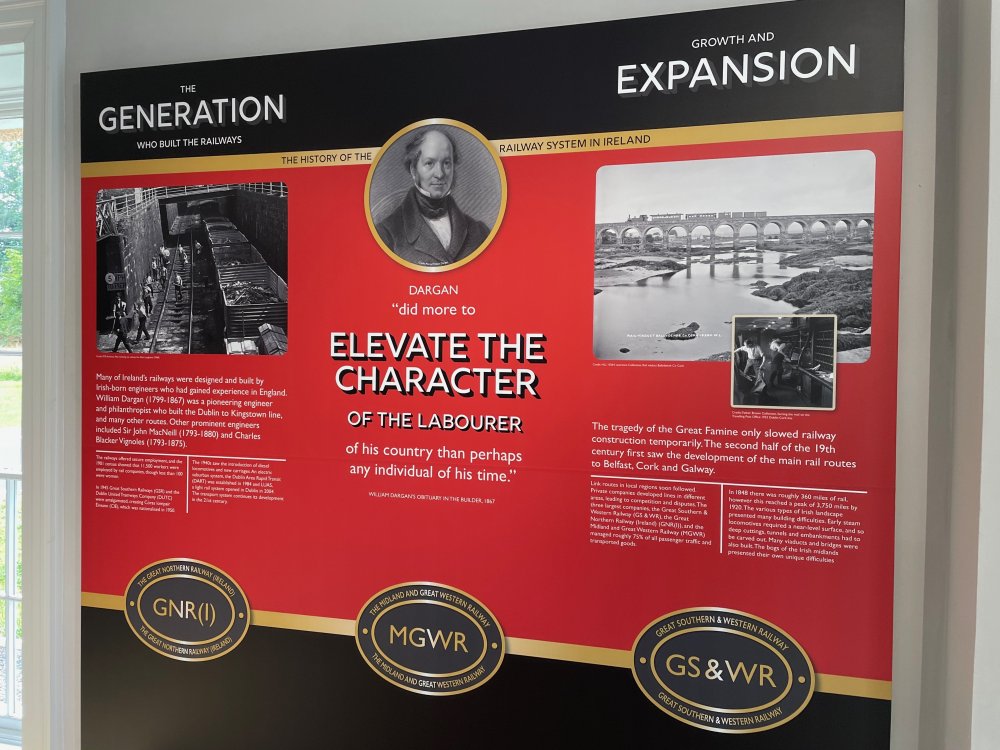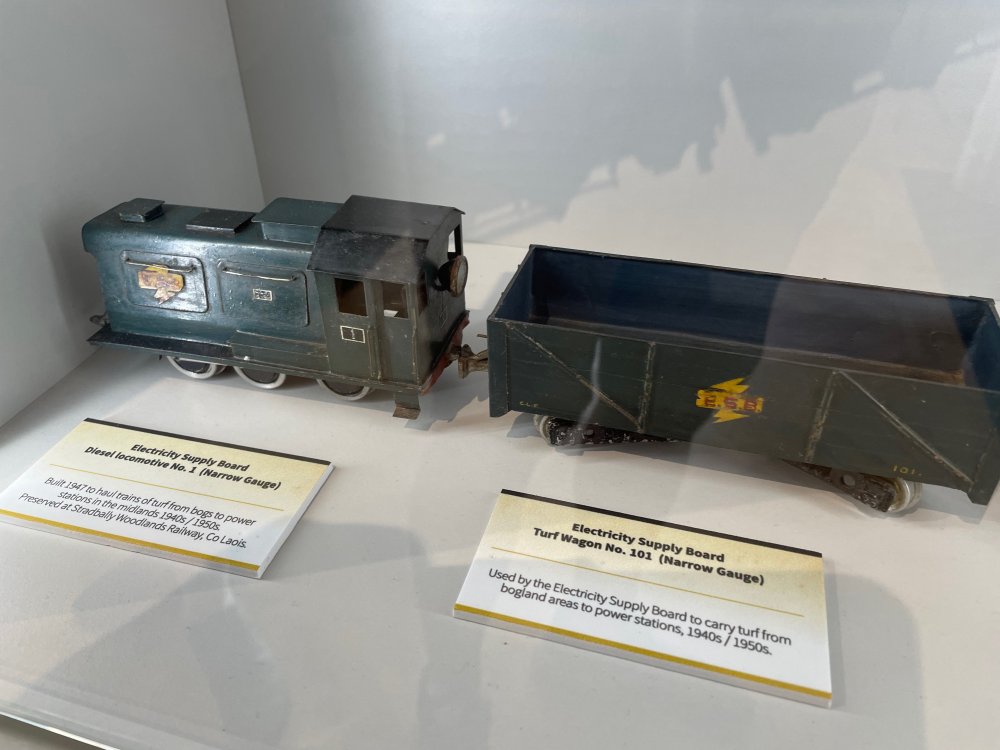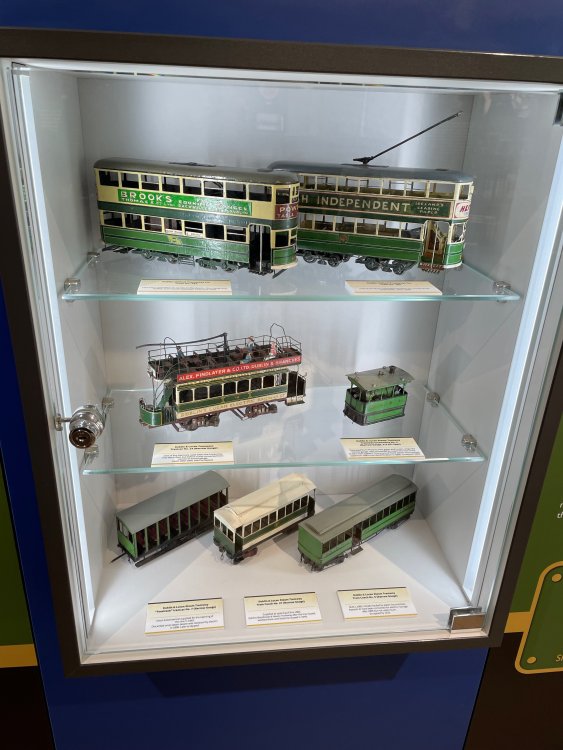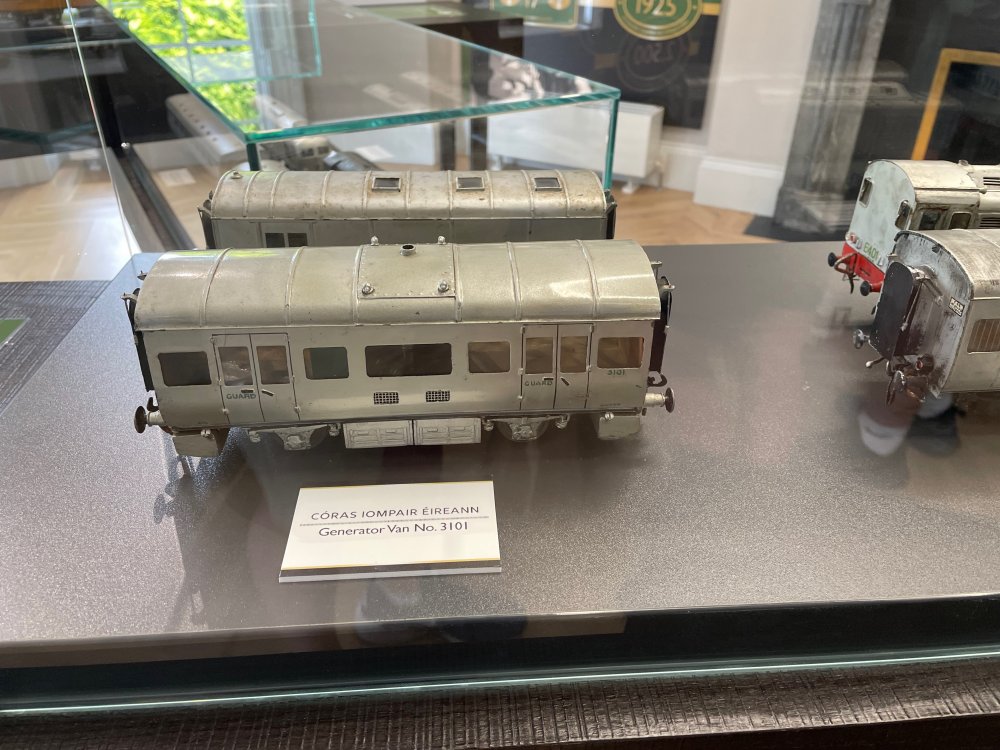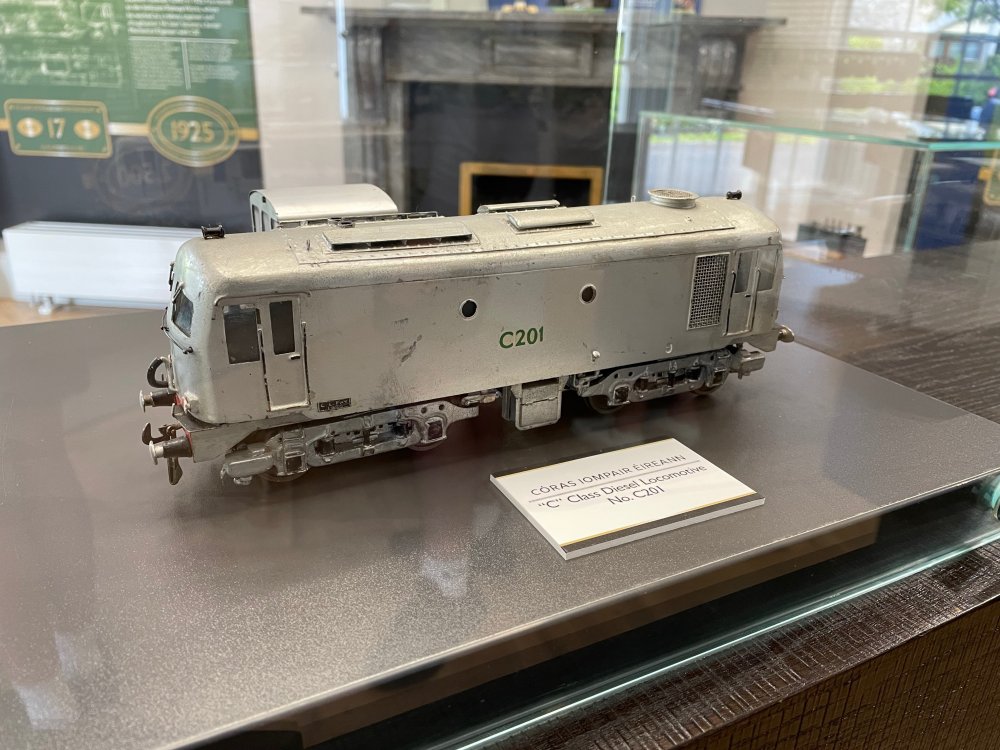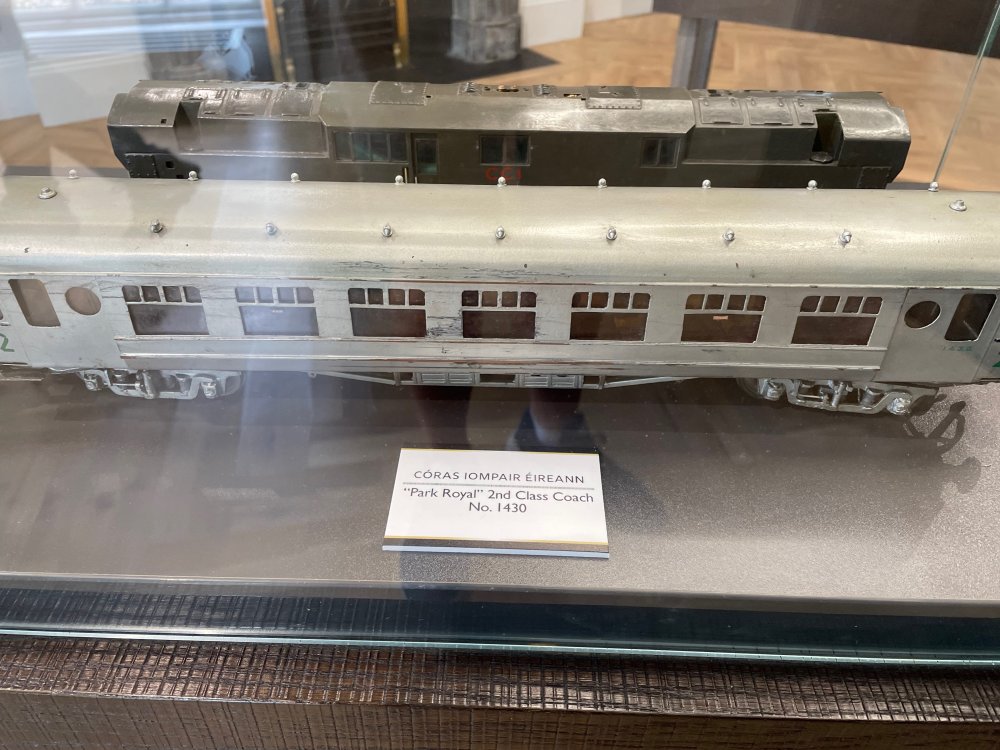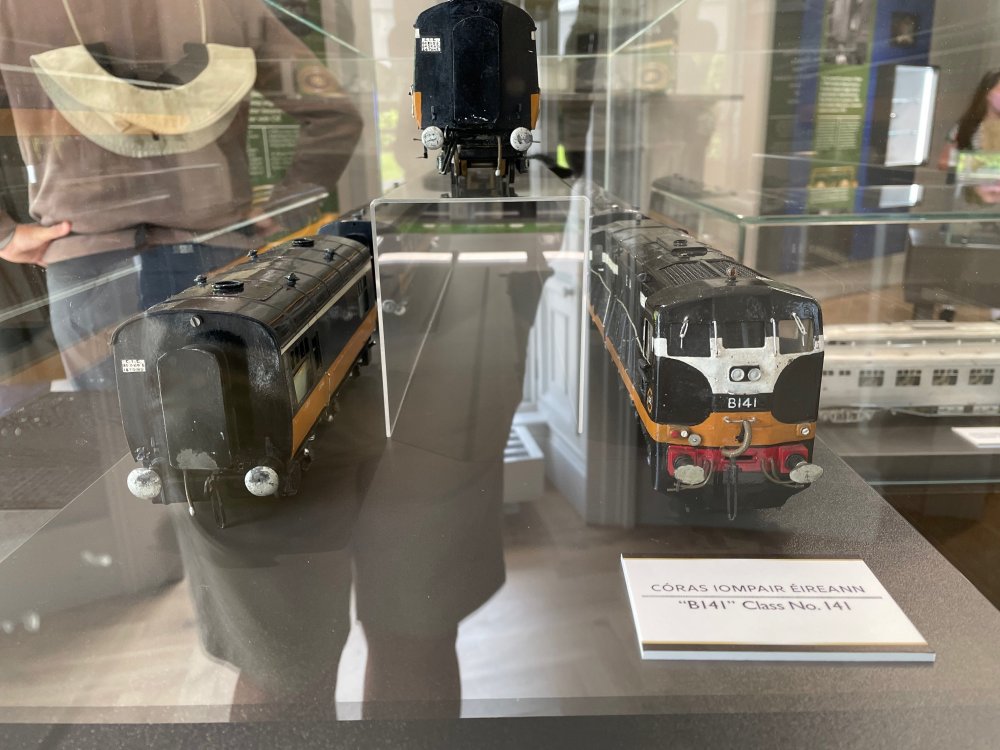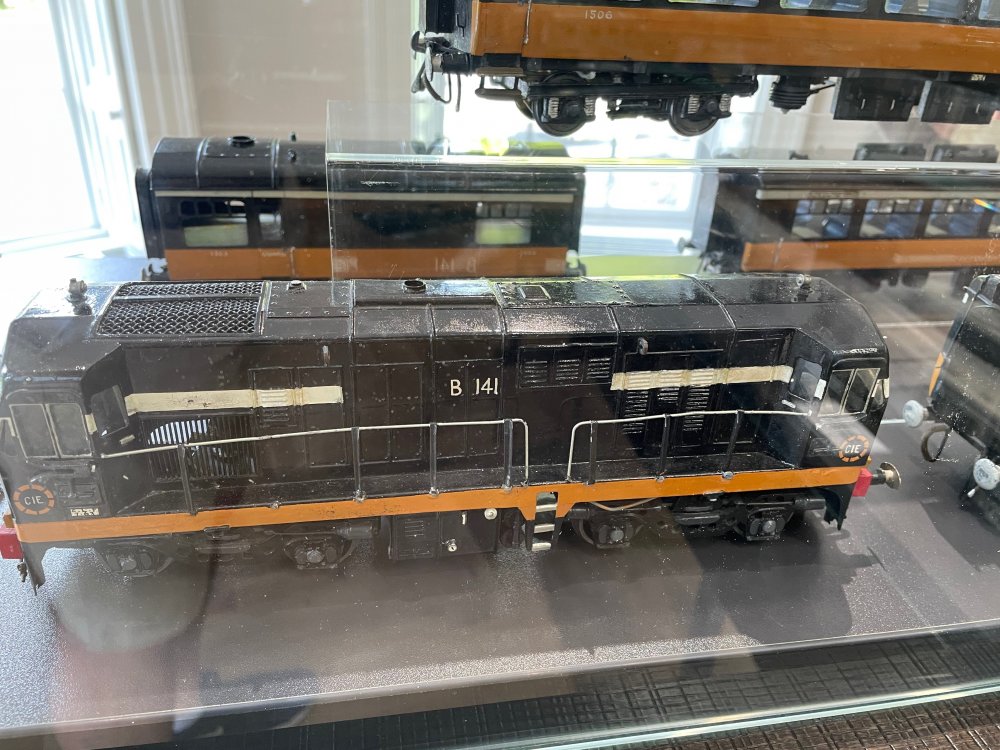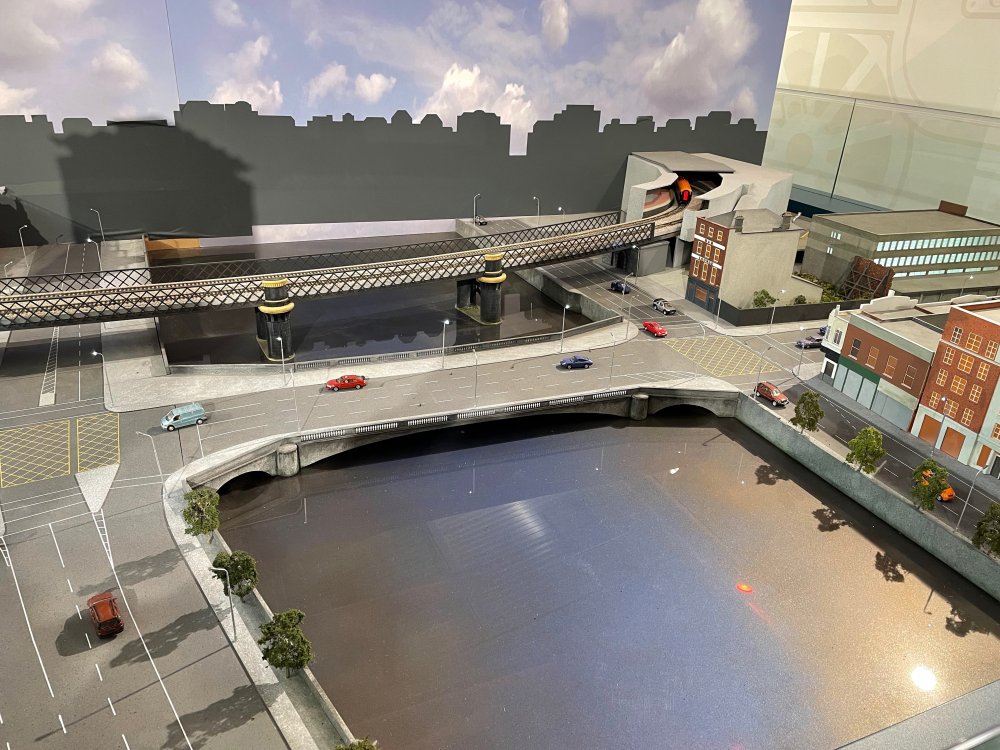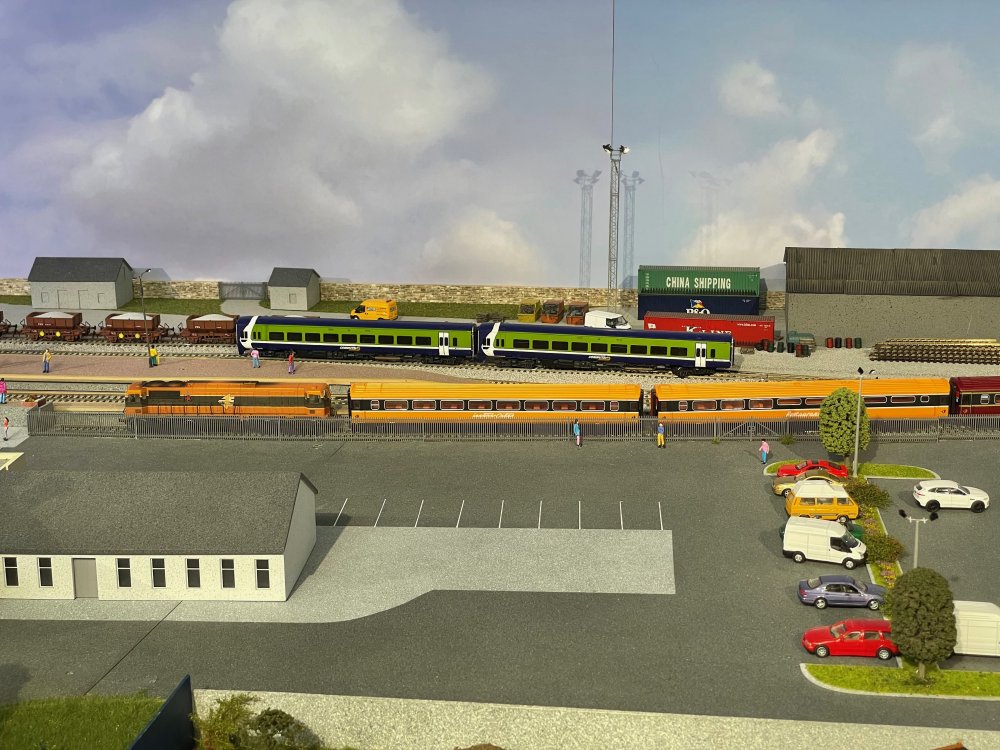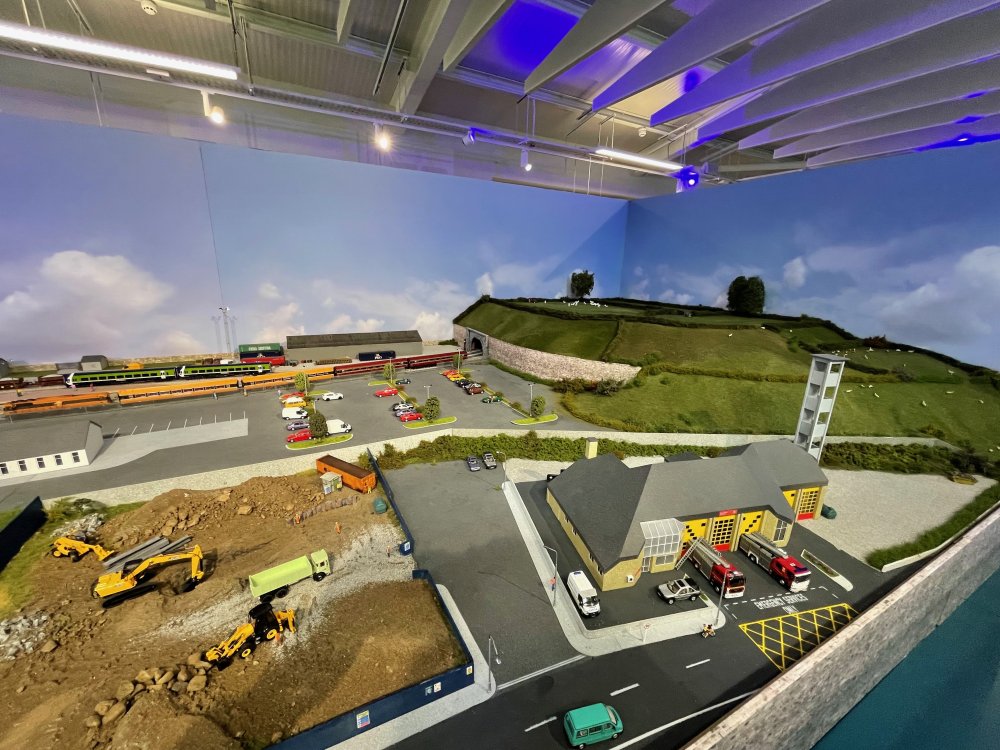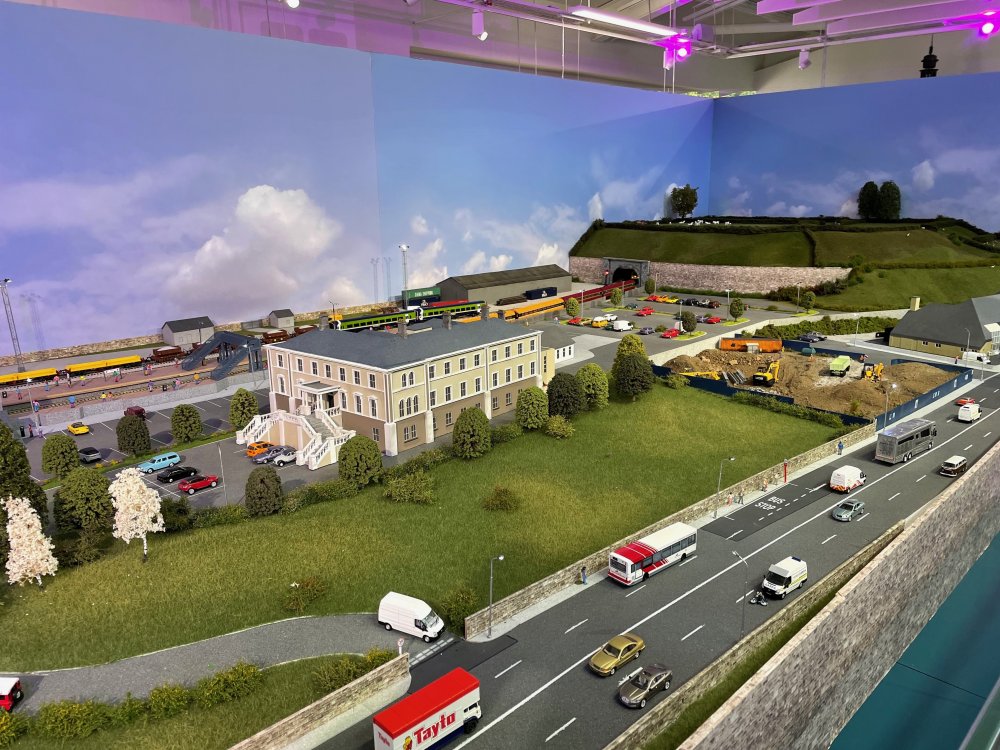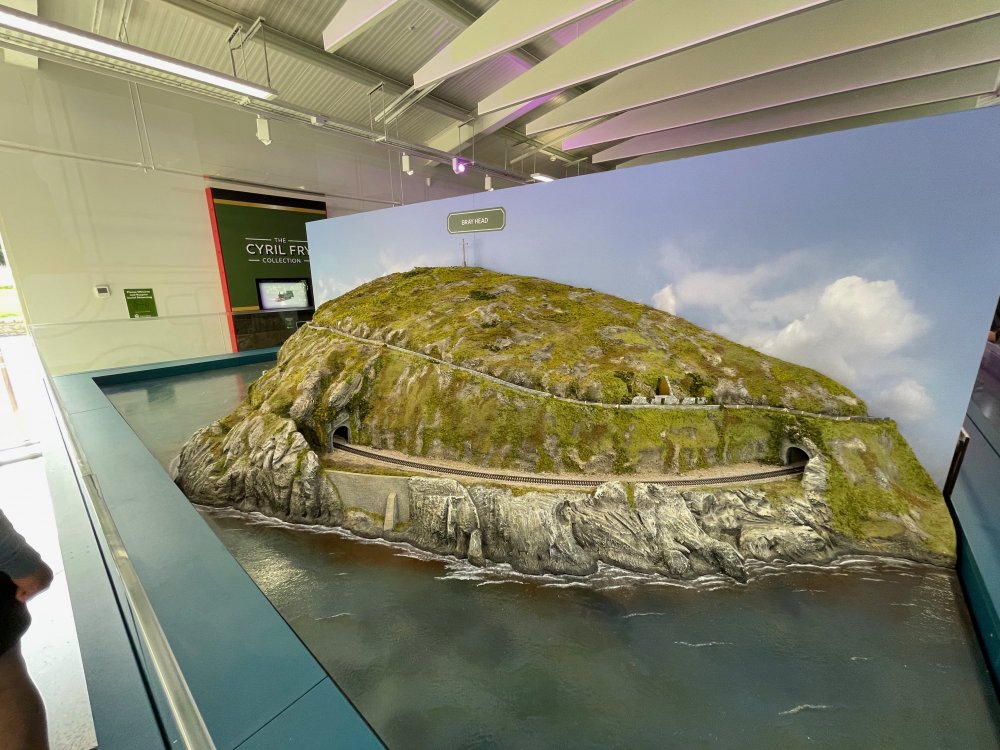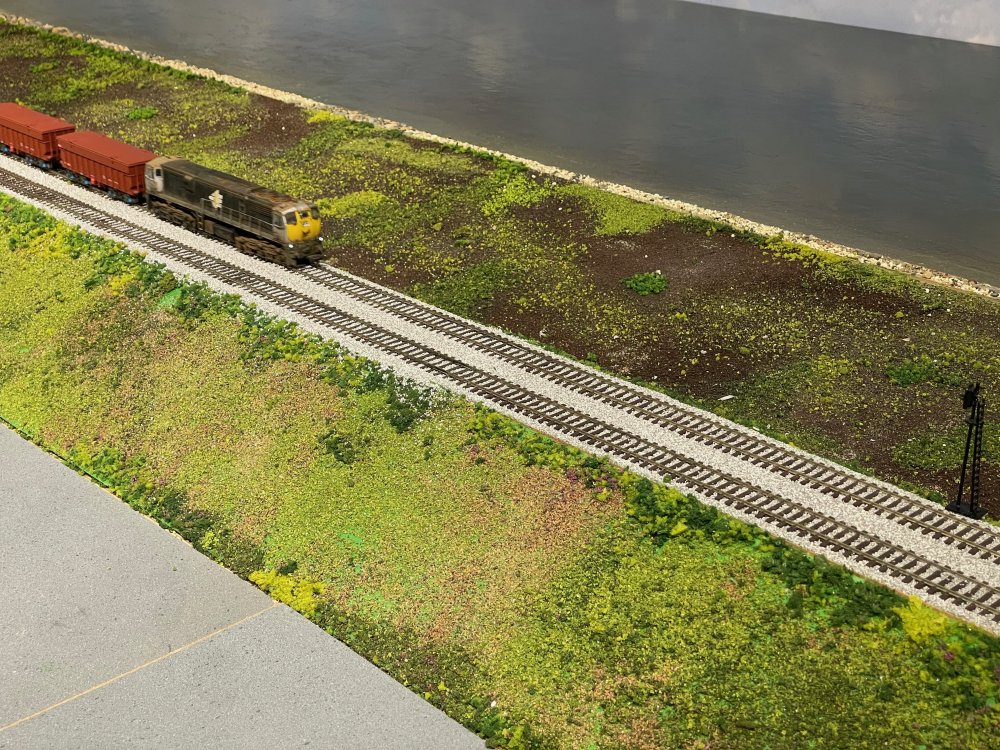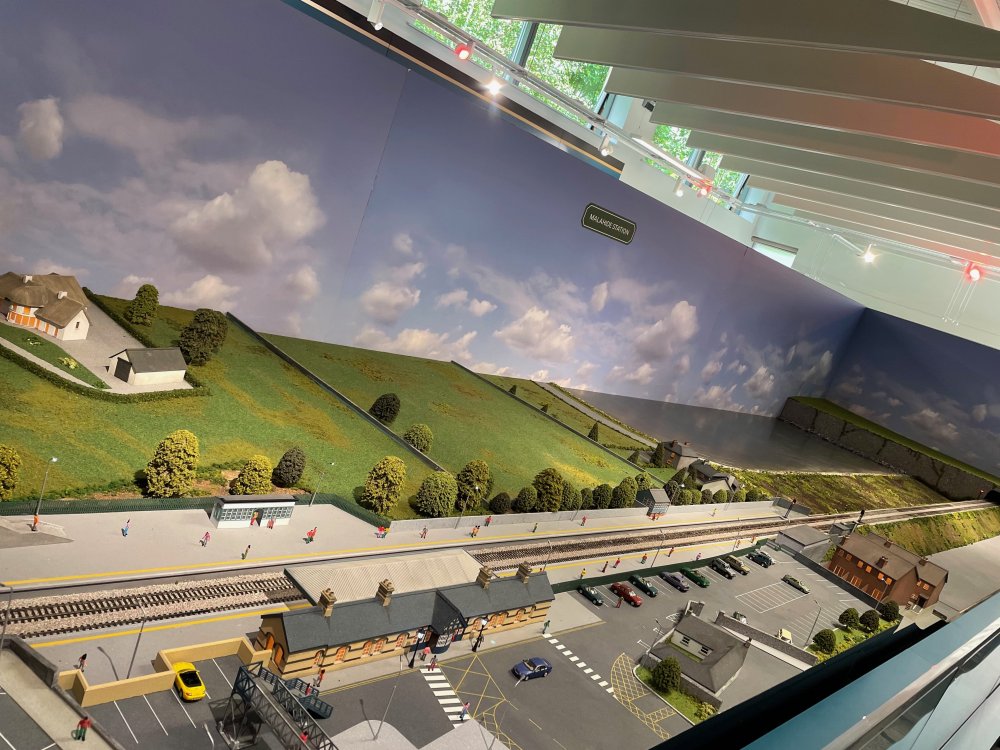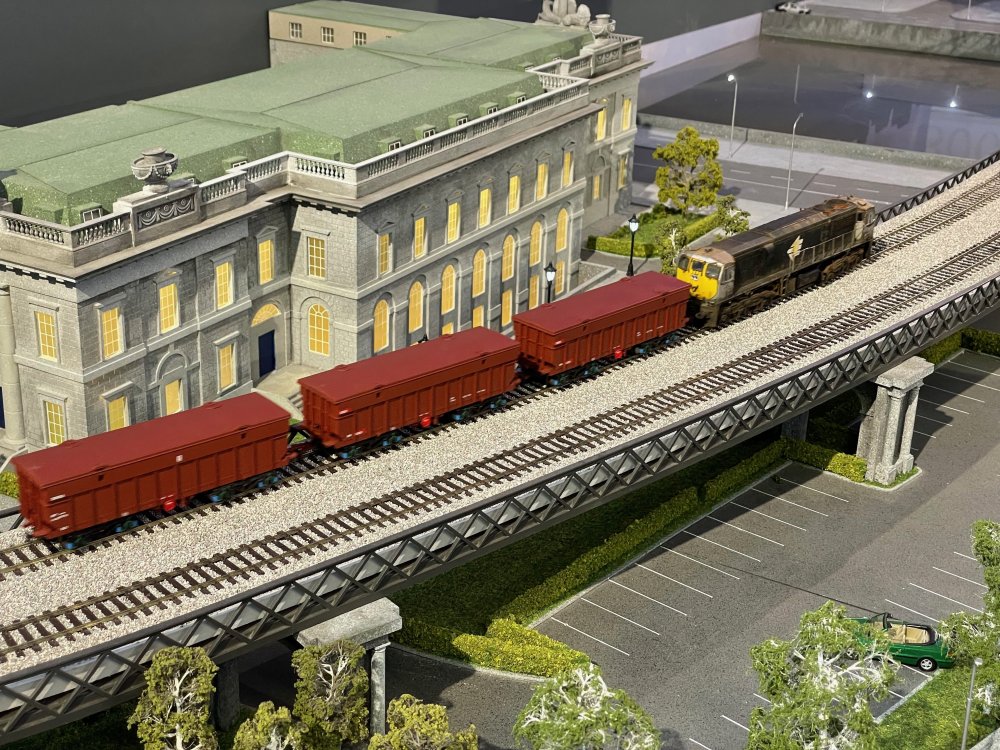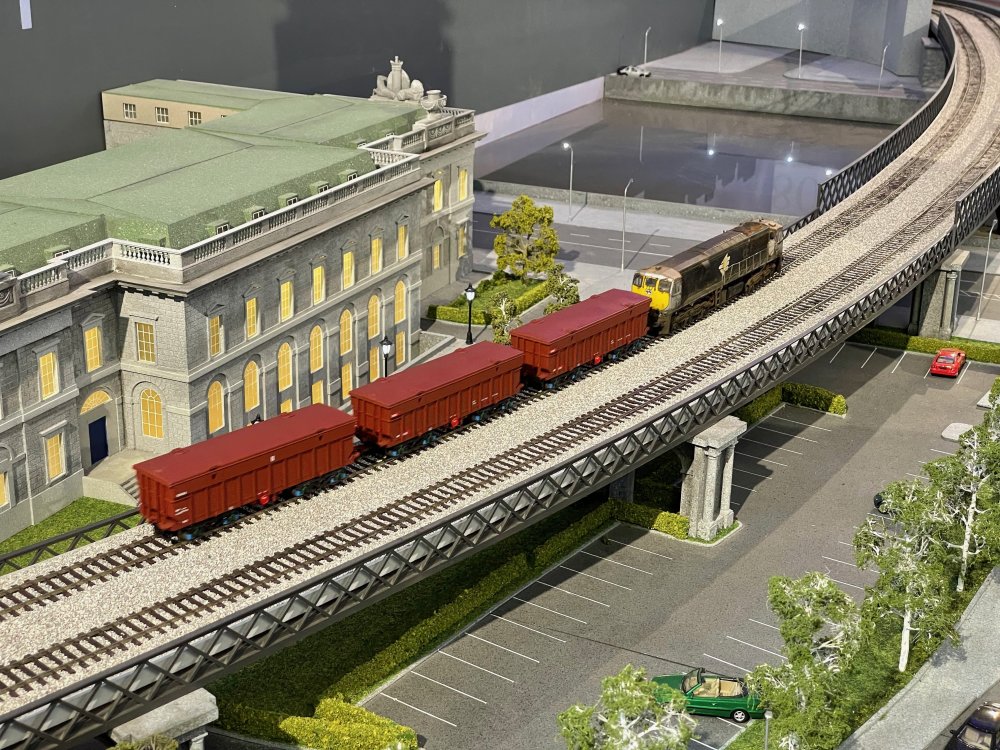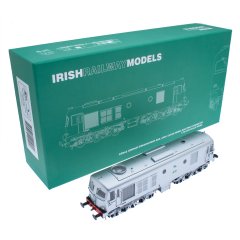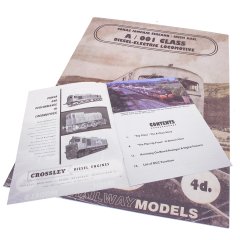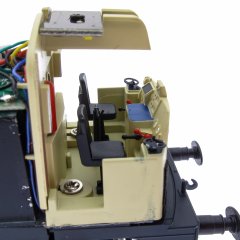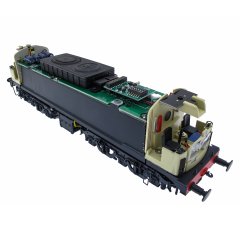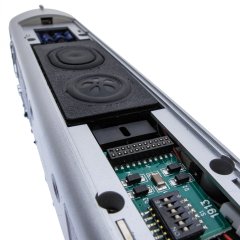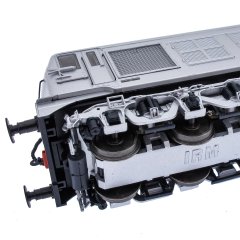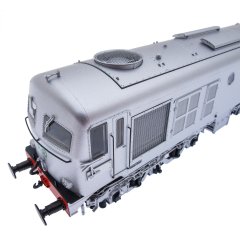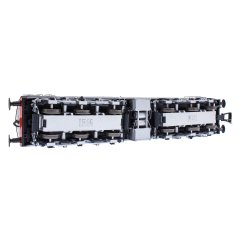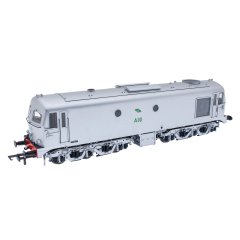-
Posts
8,838 -
Joined
-
Days Won
2
Content Type
Profiles
Forums
Resource Library
Events
Gallery
Blogs
Store
Community Map
Everything posted by BosKonay
-
I've sent out invoices / balances for those A class orders that are not yet fully paid in anticipation of preparing the packing lists. If you have not received an invoice within the hour, or have any questions, please drop a line to support@irishrailwaymodels.com and we'll make sure you don't fall back in the Q!
-
Like I recently posted on the other side, we’ve held back announcements due to the current climate of delay and uncertainty and a general aspiration to announce once projects are more concrete (so tooled samples in hand to share) We’ve lots of new fun stuff at various stages of development totally under wraps which will be trickling out on a regular basis now that the A is arriving and we’ve caught up on many delays and challenges which set us back. Tease and froth are good it’s a fun hobby after all just wait until you see what treats we have in store
-
We are offering colllection as an option from our Click & Collect point at the warehouse which is just off the m50 in the robinhood estate. if anyone would like to collect please let us know via email to support@irishrailwaymodels.com and we will pack for collection and email you a pickup barcode once ready.
-
My only suggestion would be a more prototypical length tara mines train I might know someone....
-
Well worth the visit, especially when combined with a broader trip to Malahide castle and gardens. Even the kids enjoyed it
-
IMG_0071.mov IMG_0072.mov IMG_0080.mov IMG_0082.mov IMG_0083.mov IMG_0092.mov IMG_0093.mov IMG_0094.mov IMG_0095.mov IMG_0096.mov IMG_0097.mov IMG_0098.mov IMG_0099.mov IMG_0101.mov
-
It's been just over six months since we previewed the first tooling samples of our long awaited and highly anticipated Mark 5 coaching stock. A lot of work has gone on behind the scenes to develop our first coach project in that time and today we can bring you a full update on where we're at, the challenges we're currently working on, show you some lovely decorated samples and outline where we go next. So, first things first; let's have a look at these beautiful sleeper samples! We always use high resolution, pin sharp images to show off our models (unlike many other manufacturers!), warts and all, so you can get a full close up view of the models. With this in mind, please remember that these are pre-production coaches and fit and finish will be improved further on the production models which will roll around on your layout. Having said that though, the sleeper coaches are looking mighty fine and promising! We do see some improvements and tweaks that must be made, but we are sure you will agree the deceptively complex livery is coming together nicely with a lovely colour match for the tricky Caledonian Sleeper midnight teal. As you can see from the above shot, the detail on these coaches is delicious, with a wealth of boxes, grilles, cylinders and conduits replicated as per the prototypes. Another area we are particularly proud of is our magnetic Dellner couplings, which make for some serious close coupling up to 3rd radius curves! We plan to sell these separately too, as they just plug into NEM sockets. More on that at a later date. Of course, each coach pack will also come with a set of tension locks for each coach to help negotiate 2nd radius and couple to other items of stock. Naturally, being Accurascale models, our Mark 5s are top of the line when it comes to specifications, such as a wealth of separately applied parts, attention to detail, lots of printing and of course, lighting, which as you can see above, is nice and subtle and devoid of dreaded light bleed. Improvements? Well glazing of course, some printing such as the warning labels and smaller signs will be very much improved on, the overspray in areas will simply not do and will be corrected on the finished models. Overall though, they're looking well on course and very tasty indeed. So, that's the sleepers, what about the TPE sets? Well, there's a whole other story! If our factory thought the Caledonian Sleeper livery was complex with it's wealth of warning labels, then the TPE sets have well and truly broken their hearts! With a similar amount of warning labels, interesting angles, shades and fades, it really pushes model production techniques to the very limit. We have so far tried a couple of techniques to replicate this livery faithfully, but so far it has ended in failure, and has taken many months of trial and error to attempt to get this livery right. As we add all the layers to the livery, it begins to damage the paint finish elsewhere as you can see below on these test bodies. It has proven very frustrating for our factory! The visible paint lines through the doors were also unacceptable. Our factory does not give up easily however, and is currently working on a new batch blending various techniques to get the desired finish to set these models apart and we have every confidence they will achieve it. Unfortunately it means we will not be able to bring you pictures of fully finished TPE sets just yet, but as you can see above; they're edging closer and closer and they will look awesome when complete. So, where does that leave us? Well, the Sleepers have been assessed and our feedback is on its way to the factory. The factory has assured us that we will have finished TPE samples for assessment in 8 weeks time. Unfortunately until we sign off on those TPE coaches we will not have a production delivery date, but can confirm it will be in 2022. We are very sorry for this delay and certainly had hoped we would be further on in this project, but we of course did not foresee this livery challenge! Keep an eye on our website news section, email newsletter, Facebook and Twitter feeds, RMWeb section and of course the news pages for an update on the TPE livery samples in 8 weeks time and with it a firm delivery date as they enter production. In the meantime, secure your packs with a £30 deposit, via our website by clicking here. View the full article
-
Am sure IRM will be expanding into coaching stock soon enough.
-

Werkspoor bogies, pics, drawings?
BosKonay replied to murphaph's topic in Photos & Videos of the Prototype
.png.c363cdf5c3fb7955cd92a55eb6dbbae0.png)
